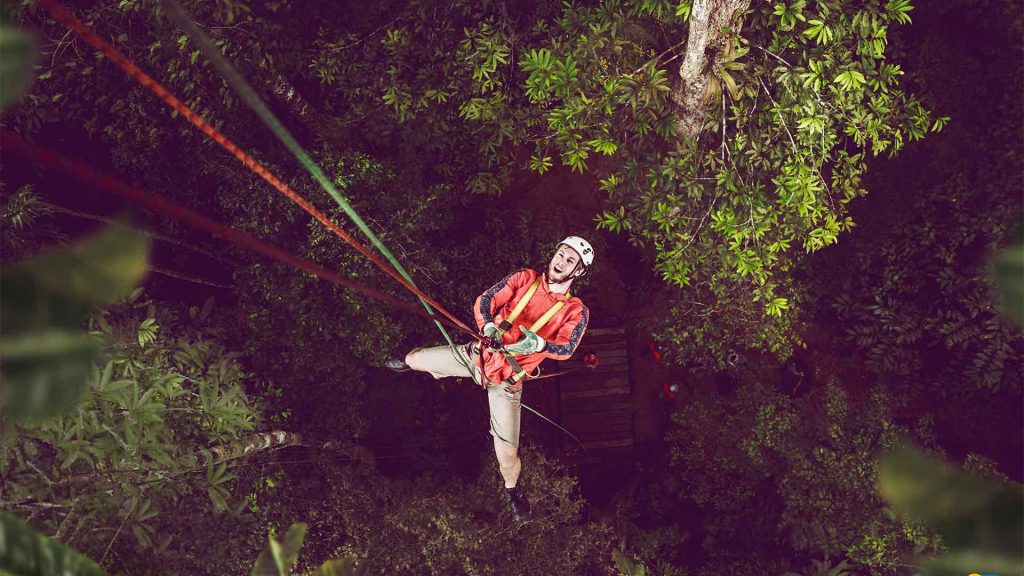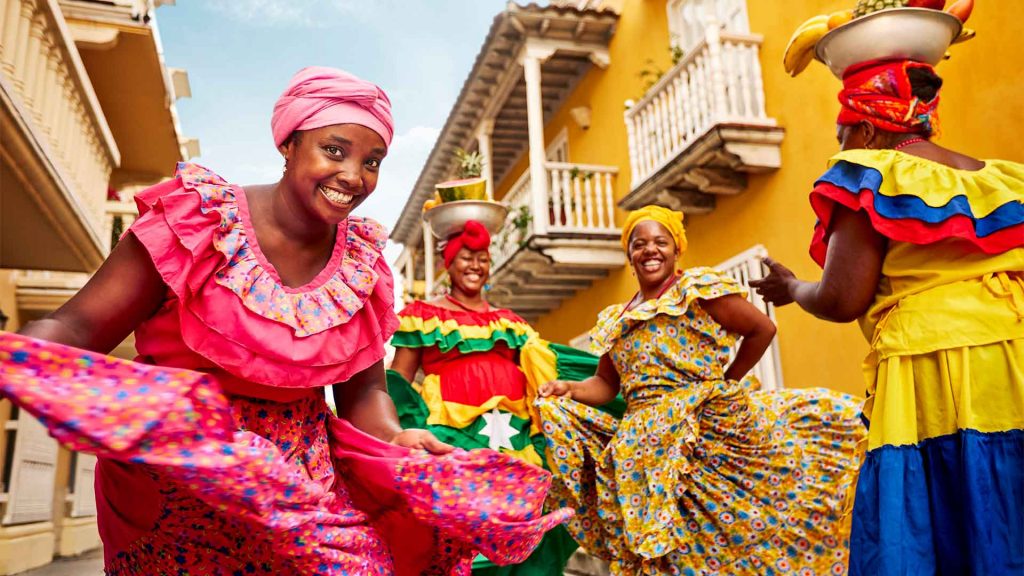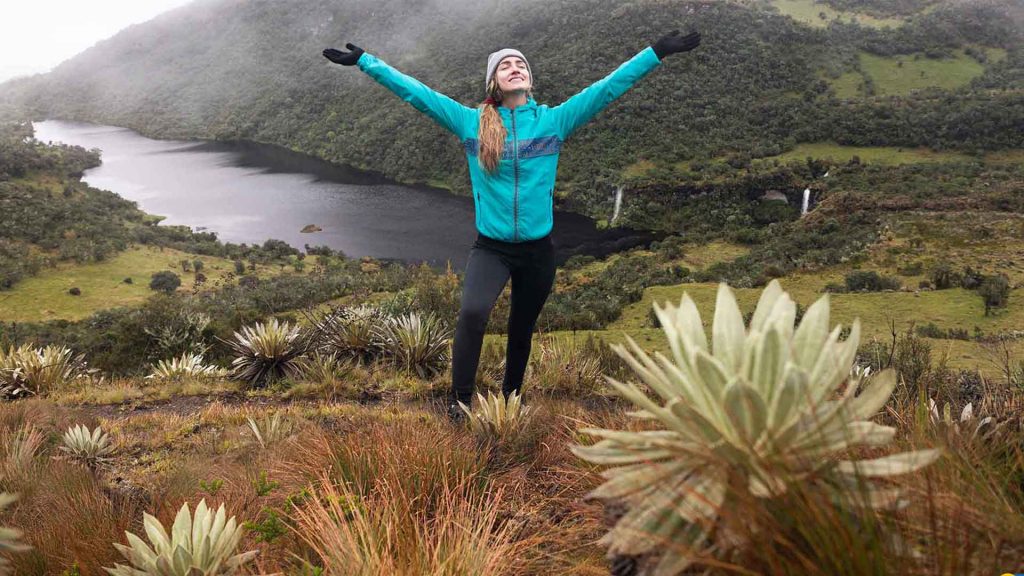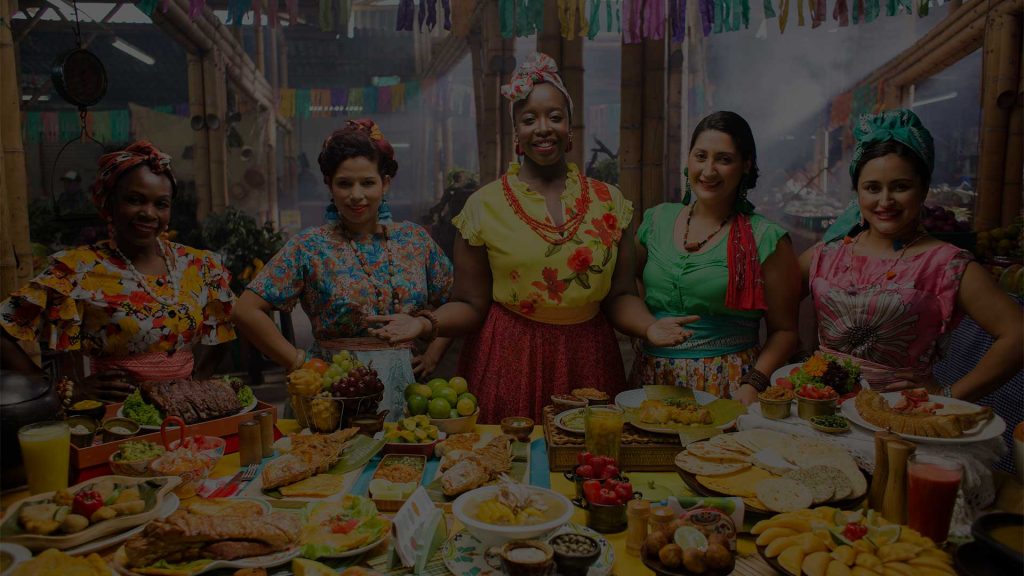
A Cultural Adventure Through Colombia’s Intriguing Past
The capital and largest city in Colombia, Bogotá, is home to the Gold Museum. This popular hotspot holds the largest collection of pre-Hispanic goldwork in the world and brings to life the legend of El Dorado.
Though many believe El Dorado to be a lost city, it actually relates to a ceremony that took place at Lake Guatavita, focused around one item in the museum’s 34,000-piece collection—the Muisca Raft.
The stunning clay and gold raft depicts how a new cacique (prince) prepared for his royal duties by retreating to a cave prior to the ceremony, where priests would adorn him with gold dust. From there he would board the raft, adorned with gold and emeralds, and then float across lake. Once a flag was raised to request silence from the villagers, the prince would throw himself into the water with the offerings to appease a god that lived under the surface. The raft would then return to the edge for a party to honor the new chief.
Archaeological Park of San Agustín
In the southern region of Huila, near the southwestern Andes, is another chance to walk in mysterious ancient footsteps. The San Agustin Archaeological Park is a UNESCO world heritage site and features the largest complex of pre-Colombian huge stone funeral structures, burial mounds, statues and a religious monument known as the Fuente de Lavapatas.
However, a mystery surrounds the people who created these items. According to UNESCO, the mounds, which are believed to have been constructed during the 1st century AD by a northern Andean culture, cover tombs of chiefdom societies that had lived in the region since around 1000 BC. Considered one of the earliest complex societies in the Americas, little else is known about them or their lives.

Still, as you look for clues and take in the site, you’ll experience an unmissable piece of history, which UNESCO describes as showcasing the “creativity and imagination” of the pre-Hispanic culture, with the art representing gods and mythical animals.
Ancient Rock Art in the Protected Chiribiquete National Park
While this next area will appeal to those who love history and the outdoors, it is off the grid to all but the indigenous people who live there. The Chiribiquete National Park, also known as the “Maloca of the Jaguar,” is the largest protected area in Colombia, situated in the Amazon Rainforest. It is also home to indigenous rock art and tepuis (tabletop mountains) and remains both inaccessible and shrouded in mystery due to its status and impenetrable terrain.
The art features 75,000 figures painted through 60 rock shelters. Created by the indigenous people who have lived in the area since 20,000 BC, the paintings depict hunting scenes, battles, dances and ceremonies as well as the local fauna and flora. The jaguar features prominently, a symbol of power and fertility.

While the indigenous communities no longer live on the site, they still visit today to add to the artwork. They also believe that the site is sacred and should be left undisturbed by the modern world. Some who have captured photographs of the site have had to do so by flying over in helicopters.
The Grave of Ancient Monsters
The coal mines of Cerrejón, LaGuajira, might not be the first-place people would expect to find astonishing archaeological specimens. But back in 2009, paleontologists discovered that the Cerrejon Formation was home to the largest snake to live on our planet—the Titanoboa – and the world’s first rainforest.
The giant snake was an estimated 43 feet long and lived nearly 60 million years ago when the average temperature of the rainforest was 30 degrees Celsius—too hot for modern-day equivalents. The Titanoboa lived among creatures related to the crocodilians and turtles, some of which were also giants.
These areas show that some of Colombia’s most interesting history can be found in some of the most unexpected places. Whether it be in a museum or a coal mine, sometimes to get to the heart of a country you need to go off the beaten track.
Explore more of Colombia:








